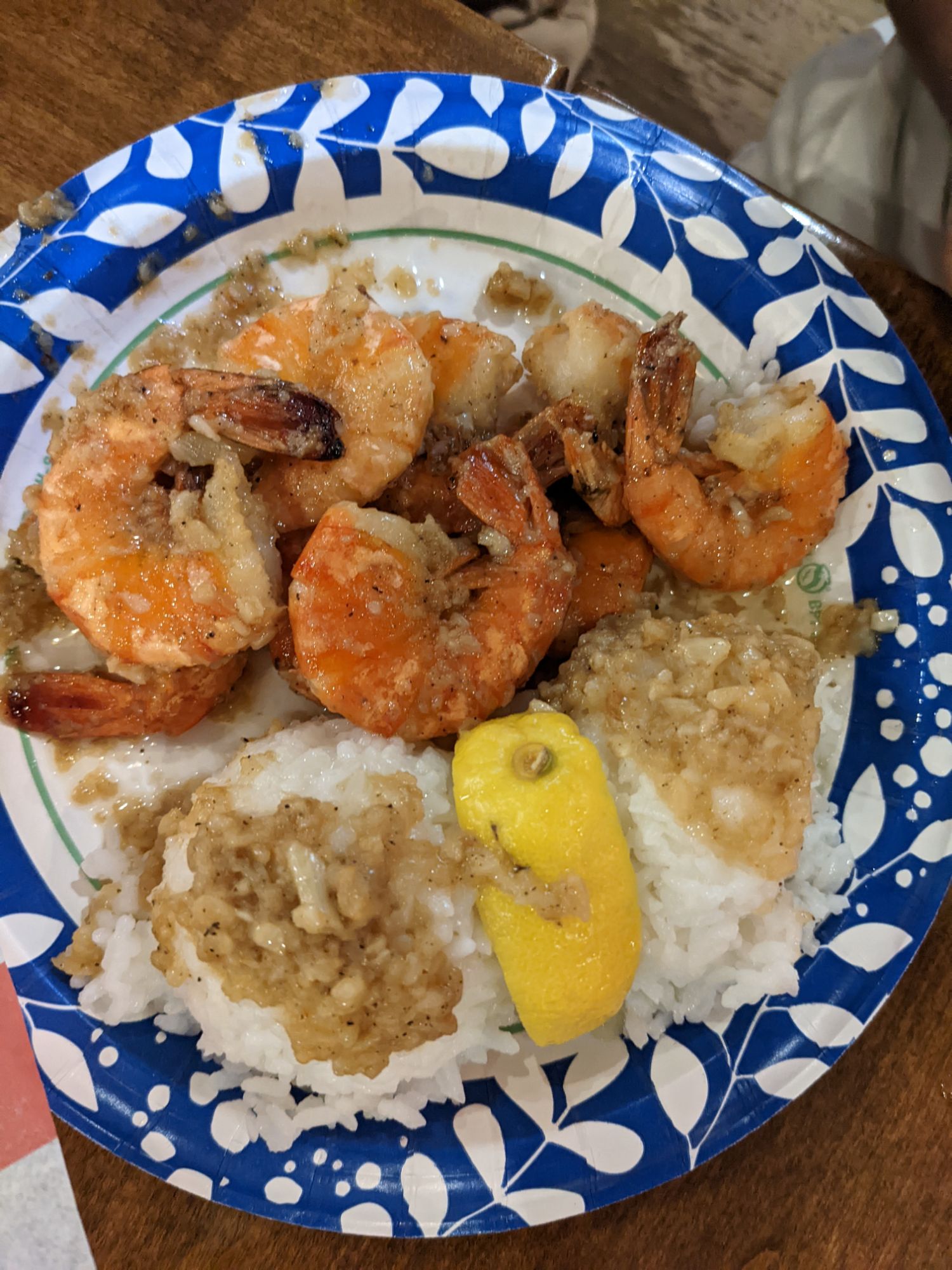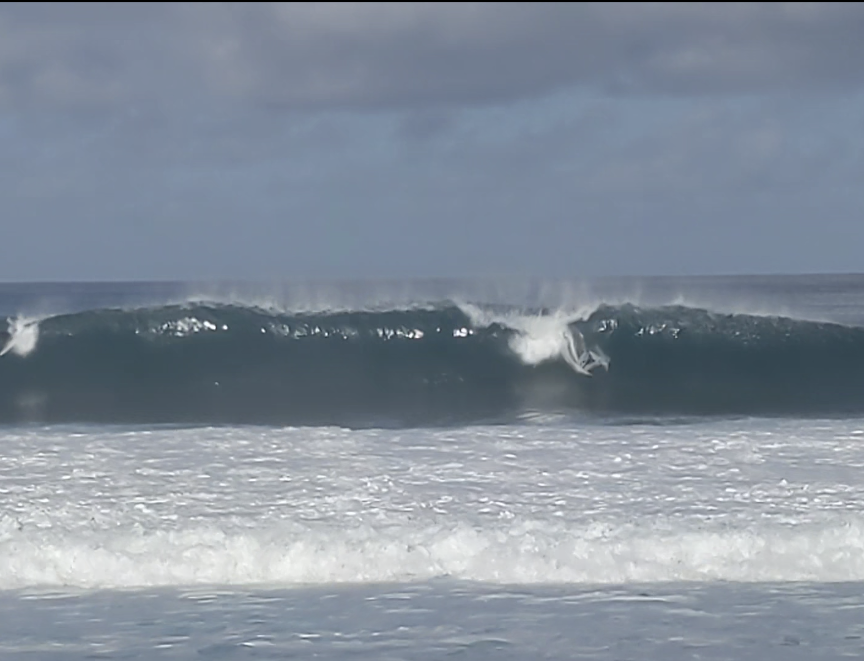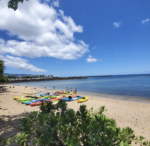Have you ever wondered why you don’t see many Native Hawaiians in Hawaii?
When living in Hawaii, one curious observation is the scarcity of Native Hawaiians. While symbols of Native Hawaiian culture, such as hula dancing, surfing, and lei made from tropical flowers, are omnipresent in Waikiki and you often hear “Aloha” in hotels, actual encounters with Native Hawaiians are rare. So, where do they live? It’s commonly known that the population drastically decreased since Captain Cook’s discovery of Hawaii. But how many Native Hawaiians live in Hawaii today? This article aims to track the population trends of Native Hawaiians and reveal where they currently reside.
How many Native Hawaiians are there? – Population Trends

Native Hawaiians currently make up 6% of Hawaii’s population, or 21% when including part-Hawaiians. It is estimated that there were about 683,000 Native Hawaiians on the islands when Captain James Cook arrived in 1778, although estimates vary widely from 200,000 to 1 million.
Within just two years of Cook’s arrival, 1 in 17 Native Hawaiians had died. By 1800, the population had decreased by 48%, and by 1820 it had decreased by 71%, reaching an 84% decrease by 1840. Measles, chickenpox, polio, tuberculosis, and other infectious diseases were the primary causes.
By 1920, the population of Native Hawaiians had dwindled to less than 24,000. However, since the 1980s, the population has been rapidly increasing both in Hawaii and nationwide. According to the 2013 census, there are 298,000 Native Hawaiians in Hawaii and over 560,000 nationwide. This increase is partially due to the 2000 census allowing people to select multiple races.
Additionally, the high marriage rate with other races and high fertility rates contribute to the increase. The Native Hawaiian population in Hawaii is projected to exceed 500,000 by 2045 and 675,000 by 2060, making it a rare case of a U-shaped population recovery.
Where do Native Hawaiians live now?

According to the 2020 U.S. Census, 55% of Native Hawaiians live outside of Hawaii, surpassing the number living in the islands. The states with the largest Native Hawaiian populations outside Hawaii are Nevada, California, and Washington. About 40% of surveyed Native Hawaiians in Hawaii are considering or planning to move.

Many have settled in Nevada, forming communities due to economic reasons as the cost of living in Hawaii is very high. Currently, the average home price in Hawaii is $850,000 to $900,000, with monthly mortgage payments ranging from $3,500 to $4,000, leading many to move to the mainland U.S. This trend is expected to continue.
Conclusion
The Native Hawaiian population has experienced significant historical declines but has shown remarkable recovery in recent years. Since Captain Cook’s arrival in 1778, the population drastically decreased due to various diseases and external influences. However, from the 1980s onwards, the population has been increasing both in Hawaii and nationwide, with trends expected to continue. This increase is influenced by high birth rates and intermarriage with other races. Additionally, many Native Hawaiians are relocating to the mainland U.S. due to the high cost of living in Hawaii.
Originally, Native Hawaiians, who arrived in Hawaii after long voyages from Southeast Asia as Polynesians, continue to move eastward in modern times. The population dynamics of Native Hawaiians will continue to evolve, with further growth anticipated especially after 2045.
References
- After 200 years, Native Hawaiians make a comeback | Pew Research Center
- Majority of Native Hawaiians don’t live in Hawaiʻi, according to US Census report | Hawai’i Public Radio (hawaiipublicradio.org)
- Why is Las Vegas considered the 9th island for Hawaiians? (ktnv.com)
- Aloha ‘Oe: Population Migration Between Hawaii and the U.S. Mainland – UHERO












